Advertising and Marketing
Regardless of your skills as an author, writing effective marketing copy is another skillset entirely. For indie authors, short-form copy isn’t just a marketing extra anymore, it’s an essential part of getting noticed and selling copies. Every word in your ad headline, email subject line, or BookTok caption fights for attention, and when done right, those words can make a reader stop scrolling, click through, and ultimately buy. But writing that kind of tight, high-impact copy requires shifting your mindset from storyteller to strategist.
In this week’s post, Ginger breaks down exactly how authors can master that shift. As he explains, the goal of marketing copy isn’t to sell the book, it’s to sell the next click. From dissecting the anatomy of great taglines to understanding each platform’s character limits, Ginger takes us far beyond generic “copywriting tips.” This is a hands-on, author-specific guide to writing punchy, persuasive lines that work across social platforms and helps explain why mastering short-form copy can be one of the most powerful storytelling tools in your arsenal.
Last week, I posted an article about writing blurbs—a surprisingly challenging task for a lot of us writers, because it turns out that writing short, effective copy is a totally different skillset to writing full-length books.
That made me think about even smaller copy elements that self-published authors need to create when marketing and advertising their books, such as headlines, taglines, and marketing copy.
These are the single lines of text that grace your Facebook ads, email subject lines, and drive your Instagram and Twitter posts. Authors thrive on visibility, and of course social media platforms offer free or low-cost opportunities for us to reach new readers. But if you thought writing blurbs was challenging, it’s nothing compared to squeezing the killer hook from your book into the 10-12 individual words of a snappy tagline.
And adding to the challenge, every social media or advertising platform has their own unique constraints that shape how you need to craft your taglines and headlines, and ignoring them can lead to truncated text, rejected ads, or your ads simply not getting the engagement you want.
That’s why this week, I wanted to look into how to craft short, snappy copy to market your books. But on top of that, we need to discuss some of the requirements different platforms have, to ensure the headlines and taglines you come up with actually fit.
Tips for Writing Effective Marketing Copy for Your Books
In order to write effective marketing copy, you first have to understand what its purpose is. A lot of authors get tripped up because they try to write marketing copy that crams the entirety of their story into 12 words of text, which is understandably impossible.
Others try to write marketing copy that sells the book for them, which is closer to what you actually need to be aiming for. In reality, though, the purpose of marketing copy isn’t to sell your book, but to sell the next click in your sales funnel, whether that’s directing somebody to your product page on Amazon, homepage, or subscriber signup form.
It’s wherever they end up next that should be focused on selling your book.
It takes a little pressure off knowing that all you need to do is get somebody curious enough to click a button, and perhaps already get your mind thinking about ways in which you could do that.
Here are some tips to craft copy that gets readers clicking:
- Know Your Audience: Visit the Facebook pages of other authors in your genre and see how they speak to their readers. You don’t want to copy their copy, but it is important to tailor your language to genre fans. Romance readers crave passion (“Ignite your heart’s deepest desires”), while sci-fi readers prefer intrigue (“Defy the stars or perish in the void”).
- Focus on Benefits, Not Features: Why should anybody click on your post? What are you selling? With non-fiction books, it’s the answer to specific problems: ”Lose weight without giving up your favorite foods.” With fiction books, it’s about delivering an emotional experience, escapism from the day-to-day. So, don’t try to impress readers with your “400-page epic”. Instead, promise them an “escape into a world of endless adventure that keeps you up all night.”
- Use Power Words: Do you remember Robin William’s inspiring speech in Dead Poets Society? Apply that principle to your marketing copy. “Avoid using the word ‘very’ because it’s lazy. A man is not very tired, he is exhausted. Don’t use very sad, use morose. Language was invented for one reason, boys – to woo women – and, in that endeavor, laziness will not do.” Incorporate evocative verbs like “unleash,” “discover,” or “transform” to evoke emotion, or if your favorite genre has keywords or tropes, be sure to mention them clearly and directly.
- Incorporate Hooks and Questions: Questions are powerful tools in marketing copy, since the answer lies just a click away. Sometimes, book titles themselves can compel readers to find out more. Just think about Are You My Mother? by Dr. Suess!
- Keep It Concise: Shakespeare wrote: “Brevity is the soul of wit.” Hemingway edited that to: “Brevity is.” Keep your copy short and effective within your platform limits.
- Include CTAs: That being said, when you do have a little more copy to play with, it’s a good idea to finish it with a Call to Action to let potential readers known what the next step is—whether that’s an instruction like “Download now” or an invitation to “Join the adventure.”
- Test Variations: Social media is a great place to A/B test different headlines and taglines. See which ones get more likes and engagement and focus on using them in any paid for marketing or advertising.
- Align with Branding: Make sure you deliver on what you promise. Don’t tease a “clean” romance and then take them to something steamy, or promise “hard science-fiction” unless you’re really giving them the hard science they’re expecting.
- Avoid Spoilers: This might sound obvious, but marketing is all about the tease. Don’t give too much away in your taglines or headlines. Focus on “why care” over “what happens.”
- Proofread and Iterate: Another obvious tip is to read your copy aloud for flow. You can also ask friends, family, or even your subscribers or Facebook followers if the tagline “sounds right.”
Examples of Taglines, Headlines, and Marketing Copy for The Great Gatsby
It’s all very well talking about how to write effective headlines, but what does that actually look like? To demonstrate, I’m going to throw together some marketing copy for a book that most of us are familiar with—F. Scott Fitzgerald’s classic The Great Gatsby.
(Literally threw this stuff together—I didn’t spend too long writing copy for a book that’s nearly a century old, but I wanted to give you some real-life examples to understand the different types of copy. Please don’t judge my copywriting based on these quick examples.)
Hopefully these will help you distinguish between taglines, headlines, and other forms of marketing copy. Each serves a unique purpose in your promotional arsenal as a self-published author.
- Taglines are ultra-concise slogans, typically 5-15 words, designed to encapsulate the book’s core theme or emotional hook. They’re memorable, poetic, and often appear on book covers, posters, or social media bios. Their goal is to linger in the reader’s mind, evoking intrigue without specifics.
- Headlines are bold, attention-grabbing phrases, usually 5-20 words, used as titles for social media posts, email subjects, ads, or blog articles. They prioritize immediacy and curiosity, often incorporating questions, urgency, or benefits to prompt clicks or opens.
- Other Marketing Copy includes longer snippets like teasers, ad descriptions, or newsletter blurbs (20-100+ words). These expand on the hook, weaving in stakes, benefits, or calls-to-action (CTAs) while teasing plot elements without spoilers. They’re versatile for email bodies, social captions, or Amazon A+ Content.
Below, I’ve provided examples tailored to The Great Gatsby‘s themes of illusory wealth, unrequited love, and the crumbling American Dream.
Tagline Examples
These are short and punchy, ideal for X bios (under 280 chars) or Instagram overlays.
- Short (5-7 words): “Chasing Dreams in a Gilded Mirage.”
- Medium (8-12 words): “Love and Luxury Collide in the Ruins of the Roaring Twenties.”
- Longer (13-15 words): “The American Dream Shatters Amid Jazz, Jealousy, and Forbidden Desires.”
Headline Examples
These are designed for high-impact visibility, such as Facebook post titles or Amazon ad headlines (aim for under 50 chars where possible).
- Short (5-10 words): “Unlock Gatsby’s Secrets: A Timeless Tale of Ambition.” (Perfect for TikTok video titles.)
- Medium (11-15 words): “Why Gatsby’s Pursuit of Love Still Haunts Us Today.” (This length is well-suited for email subject lines, and here I’m using a question to encourage people to click open.)
- Longer (16-20 words): “Dive into the Roaring ’20s. Gatsby’s Glamour, Heartbreak, and the Elusive American Dream Awaits.”
Other Marketing Copy Examples
These longer pieces allow for more narrative buildup, suitable for email bodies (500-1,000 chars) or Facebook ads (under 125 chars for primary text). With these longer bits of copy, I try to include a Call to Action to help guide potential readers toward whatever it is I want them to do next.
- Short Teaser (20-40 words): “In the glittering world of 1920s New York, Jay Gatsby’s lavish parties hide a desperate quest for lost love. But as secrets unravel, the price of the American Dream becomes tragically clear. Rediscover Fitzgerald’s masterpiece—available now on Kindle!”
- Medium Ad Copy (41-70 words): “Step into Jay Gatsby’s opulent mansion, where champagne flows and forbidden romances ignite. Amid the jazz-fueled excess, one man’s obsession with the past exposes the hollow heart of wealth and ambition. Perfect for fans of timeless classics, experience the heartbreak and hope that define an era. Grab your copy of The Great Gatsby today and see why it endures.”
- Longer Newsletter Blurb (71-100+ words): “Imagine a summer of endless parties, where the elite dance under starlit skies, but beneath the surface lies a web of deception and longing. Jay Gatsby, the enigmatic millionaire, will stop at nothing to reclaim his one true love, Daisy Buchanan, in a society blinded by gold and glamour. F. Scott Fitzgerald’s The Great Gatsby masterfully critiques the American Dream’s dark side, blending romance, tragedy, and social commentary. Whether you’re rereading this icon or discovering it anew, it’s a journey into the soul of an era. Don’t miss out, download your edition now and immerse yourself in the Roaring Twenties!”
Hopefully seeing some examples of the different length of marketing copy is useful, giving you not just an idea of how long your copy should be, but also where you might be able to use it.
Creating Copy for Different Platforms
Coming up with effective marketing copy is one challenge. Actually making sure it’s appropriate for the platform where you want to post it is something else. I’m going to very quickly go over the most popular platforms and highlight where they have specific rules or limitations that you need to be aware of.
Email and Email Subject Lines
Building a subscriber list remains the most effective way to market your books, and sending them regular emails is essential for keeping your list engaged. Emails nurture reader relationships, give you a platform to announce new releases, and offer promotions or special offers.
But all the emails in the world won’t matter if your subscribers don’t open them, which is why the first and most effective place you can use your shorter marketing copy is in the subject line of your emails.
Once readers have opened your email, you need to keep your messages concise and purpose-driven. You should have one particular thing you want your readers to do when they receive your email, and a clear Call to Action to help streamline them doing it.
- Character Limits: Subject lines are capped at 100 characters by most email clients, but for optimal mobile display, aim for 30-50 characters to avoid truncation. Email body content has no strict limit, typically up to 10,000 characters, but keep it concise—500-1,000 words max—for reader engagement.
- Restrictions on Capitalization: Avoid all-caps in subject lines, as it can trigger spam filters or alienate readers. Title case or sentence case works best for professionalism. In the email body, use capitalization sparingly for emphasis (e.g., “NEW RELEASE TODAY!”).
- Emojis and Other Notes: Emojis are supported in subject lines and bodies, with no hard limit, and can boost open rates by up to 45% when used strategically (e.g., a book emoji for a launch). However, overuse or incompatible emojis may not render across all email clients (e.g., Outlook). Test with tools like Mailchimp or Litmus to ensure compatibility. Avoid spammy words like “free” or “urgent” in subject lines to bypass filters. Personalize with subscriber names and include clear CTAs like “Grab Your Copy Now” with links to your Amazon page.
Emails allow for longer, storytelling-driven copy, making them ideal for building loyalty and driving direct sales.
Amazon Advertising
The second most valuable place for short-form marketing copy is on Amazon, right where the majority of your books are sold. Use headlines in ad creatives, taglines in product titles (with caution), and marketing copy in descriptions or A+ Content.
- Character Limits: Product titles are strictly enforced at 200 characters max (including spaces) starting January 2025, with a recommendation of 80-100 for mobile. For Headline Search Ads, headlines are limited to 50 characters, aiming for 35 on mobile. Bullet points in listings: 200-250 characters each.
- Restrictions on Capitalization: Titles must be in title case; all-caps is prohibited except for acronyms. No repetitive words (max two of the same), and special characters are banned unless in brand names.
- Emojis and Other Notes: Emojis are not allowed in product titles, headlines, or descriptions, as they can violate policies and lead to rejections. Focus on keyword-rich, benefit-focused copy without gimmicks.
Amazon’s rules prioritize SEO and clarity, making it less forgiving but highly effective for targeted reach.
X (Formerly Twitter)
I’ve never been a fan of this platform, since it’s full of a lot of negativity, but I can’t deny that X remains a powerhouse for authors to build buzz through quick, viral posts. Use taglines in bios or pinned posts, headlines for thread starters, and marketing copy in tweets promoting launches, reviews, or giveaways of your books. It’s a platform ideal for teasing excerpts or sharing reader quotes, fostering direct interaction with fans.
- Character Limits: Standard posts are capped at 280 characters, including spaces, links, and emojis. X Premium+ subscribers can extend to 25,000 characters for long-form posts, but for broad reach, stick to 280 to avoid truncation in feeds. Threads allow chaining multiple posts, each under 280.
- Restrictions on Capitalization: Avoid excessive all-caps, as it can be flagged as spam or reduce visibility. Title case or sentence case is preferred for readability. In ads (Sponsored Posts), excessive capitalization is explicitly advised against to maintain a professional tone.
- Emojis and Other Notes: Emojis are allowed and can boost engagement by adding visual flair, but in ads, you’re limited to one emoji per promoted post starting in 2025. Hashtags are banned in ads entirely, and overuse in organic posts can seem spammy. Focus on concise, conversational copy to encourage retweets (e.g., a tagline like “When shadows whisper, heroes fall. #FantasyThriller” fits neatly).
With its fast-paced nature, X rewards brevity, making it perfect for testing snappy headlines that drive traffic to your Amazon page.
Facebook is the foundation of my marketing strategy, and I imagine the same goes for you. The Meta platform excels for community-building, where authors can post in groups, on pages, or run targeted ads.
- Character Limits: Organic posts and Reel captions are limited to 5,000 characters. For ads, primary text is recommended at 125 characters, headlines at 40, and descriptions at 25 to avoid truncation on mobile.
- Restrictions on Capitalization: Excessive all-caps is discouraged and can trigger spam filters, potentially limiting reach. Use capitalization sparingly for emphasis, like in CTAs (e.g., “BUY NOW!”).
- Emojis and Other Notes: Emojis are fully supported and encouraged for visual appeal, with no hard limits. They can enhance emotional connection in copy, such as adding a heart emoji to a romance tagline. However, overusing them might clutter longer posts. Facebook’s algorithm favors engaging content, so pair your copy with images or videos for better visibility.
This platform’s generous limits allow for more descriptive marketing copy, ideal for storytelling snippets that lead into a purchase link.
Instagram is visual heaven for authors, perfect for aesthetic bookstagrams. Use taglines in bios (up to 150 characters), headlines in Stories or Highlights, and marketing copy in post or Reel captions to hype launches or share mood boards.
- Character Limits: Captions for posts and Reels are capped at 2,200 characters, including spaces and hashtags. For optimal engagement, keep under 180 characters, as longer ones get truncated with a “more” button. Bios are 150 characters, and comments up to 2,200.
- Restrictions on Capitalization: No strict rules, but all-caps can come across as shouting and reduce elegance in a visually driven space. Mix with lowercase for a modern vibe.
- Emojis and Other Notes: Emojis are a staple here and unlimited, helping to break up text and add personality—e.g., a thriller headline with a knife emoji. They’re especially effective in Stories for quick polls or swipe-up links. Hashtags (up to 30) can be included but should be relevant to genres like #SelfPub or #BookTok.
Instagram’s focus on visuals means your copy should complement images, turning scrolls into sales.
TikTok
TikTok is another platform I’m not too familiar with, but I know its short-form video format is booming for authors via BookTok. Use taglines in video overlays or bios, headlines in trending challenges, and longer marketing copy in captions.
- Character Limits: Captions have been updated to 4,000 characters as of recent changes (from 2,200), allowing detailed descriptions. For ads, captions are limited to 20 characters, with titles at 12-40. Comments start at 150 but can go higher.
- Restrictions on Capitalization: Avoid all-caps blocks, as they can disrupt the fun, casual tone. Use for emphasis in CTAs only.
- Emojis and Other Notes: Emojis are encouraged without limits, enhancing virality—e.g., fire emojis for a hot romance tagline. They help in accessibility and engagement, but don’t overuse to avoid overwhelming viewers. TikTok favors trendy, relatable copy tied to sounds or challenges.
This platform’s algorithm can skyrocket indie books, but you’ll need to spend some time fully immersed in the platform to know what really works well.
Taglines and Headlines can Make or Break Your Marketing
I’ve written extensively about how the landscape of digital publishing has changed in recent years, and advertising and marketing are no longer an option for self-published authors. They’re essential.
However, a lot of authors are wary about jumping into marketing precisely because they don’t know where to begin with writing and crafting headlines, taglines, and other marketing copy. I hope this guide offers a good place to get started (and maybe even offers some inspiration.)
Mastering marketing copy isn’t something that happens overnight, but when you start seeing likes and comments from strangers on your posts, it can feel incredibly empowering.
Putting yourself out there on social media and analysing which posts get engagement is a huge step toward turning your passion for writing into a marketable business.
It’s a very different skillset than writing long-form copy and full-length books, but these short snippets of marketing copy end up accomplishing the same thing: Connecting you with readers worldwide and getting them interested in the stories you want to tell.
I really hope this guide is valuable to you and encourages you to get posting. Start small, experiment, and—with good luck and good copy—I hope you’ll watch your sales climb.
Share this blog
About the Author

Ginger is also known as Roland Hulme - a digital Don Draper with a Hemingway complex. Under a penname, he's sold 65,000+ copies of his romance novels, and reached more than 320,000 readers through Kindle Unlimited - using his background in marketing, advertising, and social media to reach an ever-expanding audience.

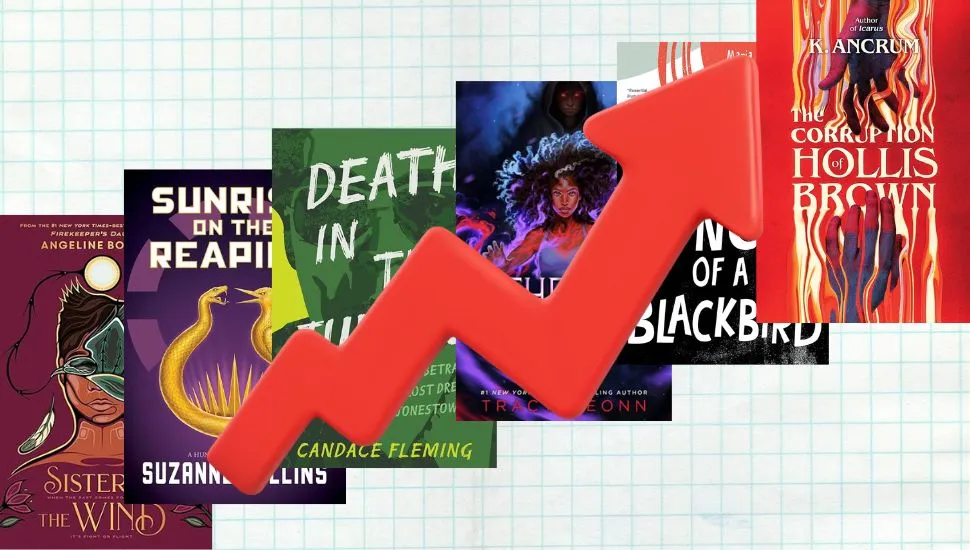

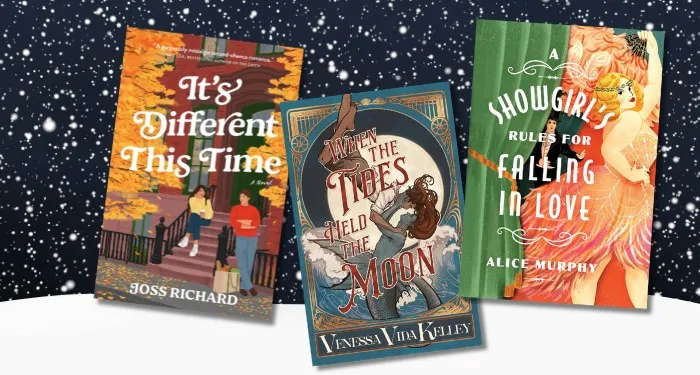




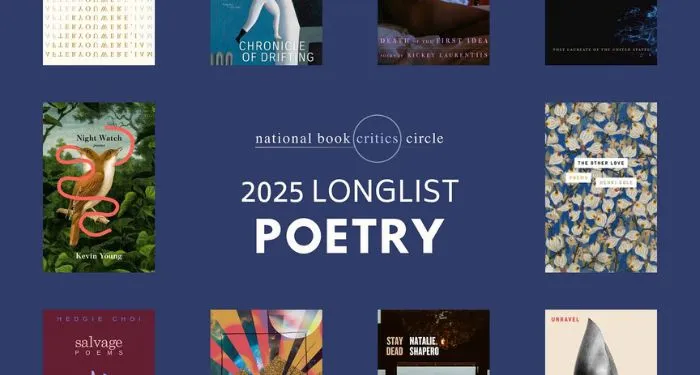
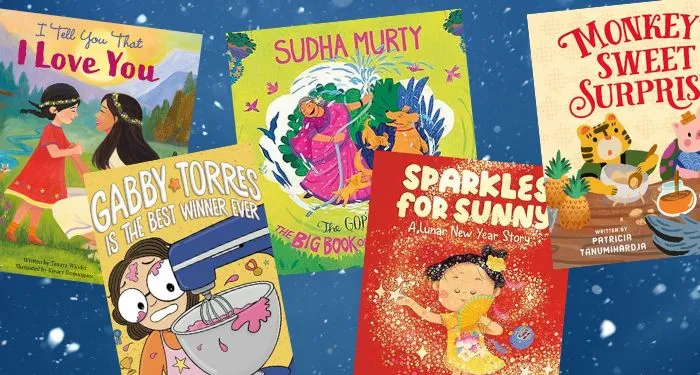



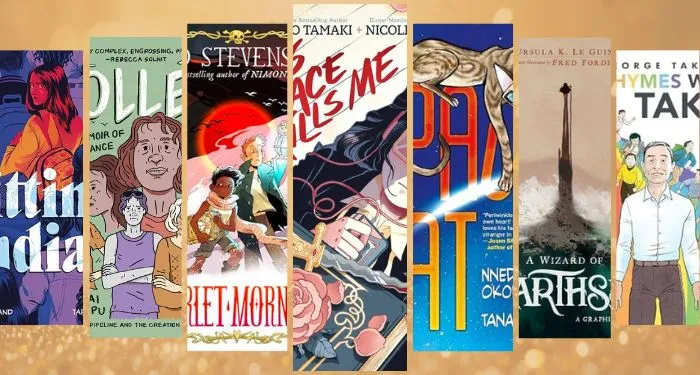

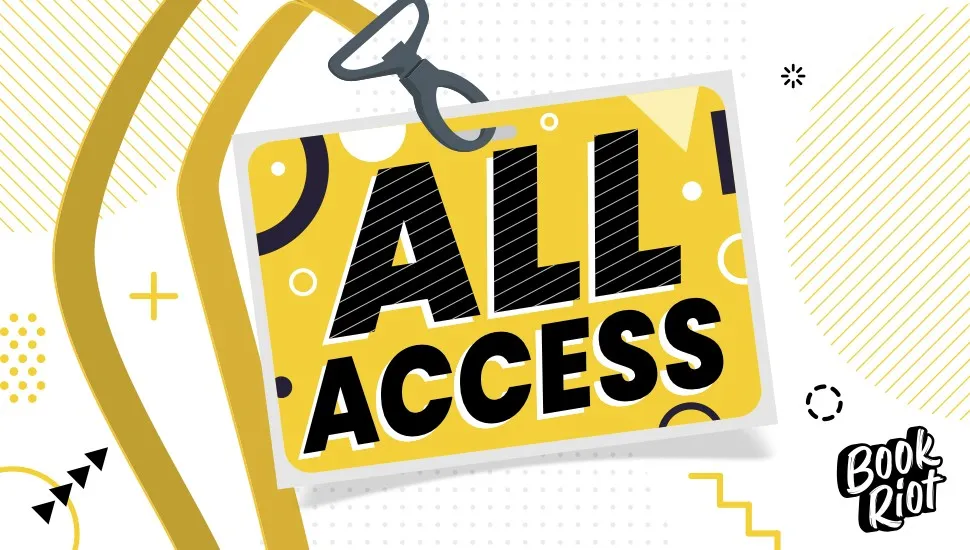

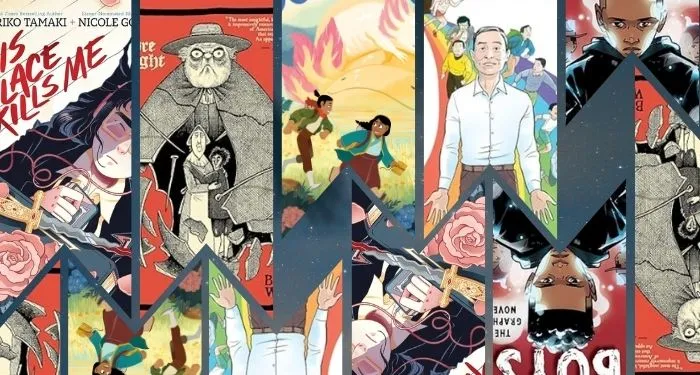
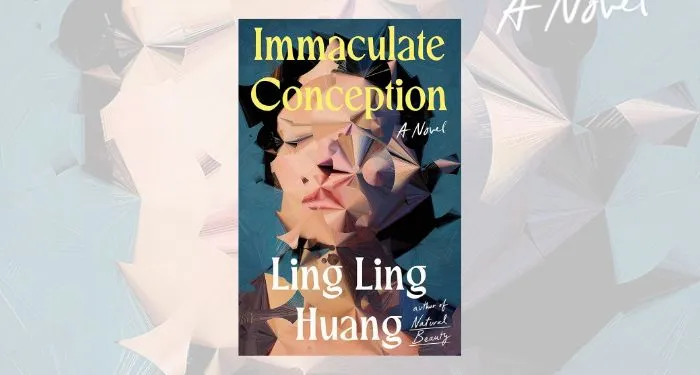
 English (US) ·
English (US) ·